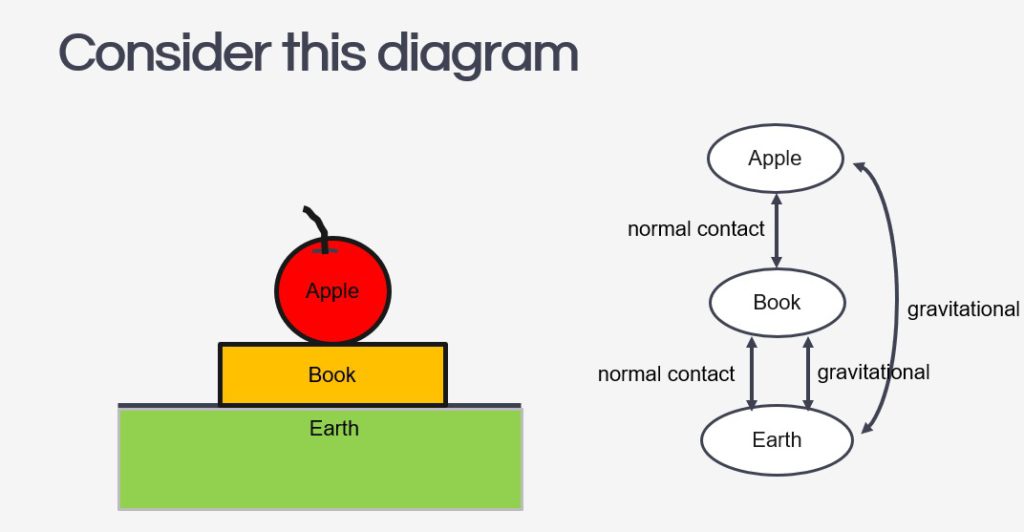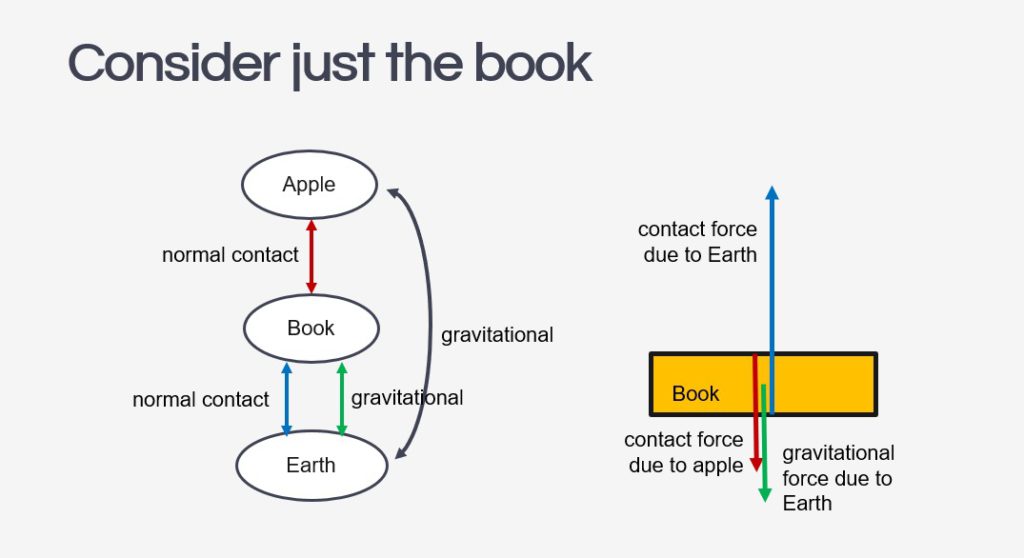My third applet today is a self-assessment tool for students to practise calculations with Snell’s Law, i.e. $n_1 \sin{\theta_1} = n_2 \sin{\theta_2}$.
The direct link to the applet is https://www.geogebra.org/m/fhmmuhbg
Snell’s law, also known as the law of refraction, describes how light waves change direction as they pass from one medium to another with different refractive indices. It states that the ratio of the sine of the angle of incidence to the sine of the angle of refraction is constant for a given pair of media. This law is fundamental in understanding the bending of light when it moves between materials of different optical densities, such as when light passes from air to water, resulting in phenomena like the bending of a pencil in a glass of water.
When light travels from a medium with higher optical density to a medium with lower optical density,
- The light ray bends away from the normal: The “normal” is an imaginary line perpendicular to the interface (boundary) between the two media. As light enters the medium with lower optical density, it slows down, causing it to bend away from the normal.
- The angle of refraction is larger than the angle of incidence: The angle of incidence is the angle between the incident ray and the normal, while the angle of refraction is the angle between the refracted ray and the normal. In this scenario, the angle of refraction will be larger than the angle of incidence.
When light travels from a medium with lower optical density to a medium with higher optical density,
- The light ray bends towards the normal: As the light enters the medium with higher optical density, it slows down, causing it to bend towards the normal, which is an imaginary line perpendicular to the interface (boundary) between the two media.
- The angle of refraction is smaller than the angle of incidence: The angle of incidence is the angle between the incident ray and the normal, while the angle of refraction is the angle between the refracted ray and the normal. In this situation, the angle of refraction will be smaller than the angle of incidence.
When light travels from a medium with a higher refractive index to a medium with a lower refractive index and strikes the interface at an angle of incidence greater than the critical angle, total internal reflection occurs. At this critical angle, the light is entirely reflected back into the higher refractive index medium, with no refraction into the second medium, resulting in the complete internal reflection of the light. This phenomenon is crucial in various applications, such as optical fiber communications and the brilliance of gemstones like diamonds.
Update on 27 Jul 2023: I improved on the rather unpolished applet to adjust the calculations for the object when it is below the boundary between the two media. Also added was an indication for when total internal reflection takes place.

